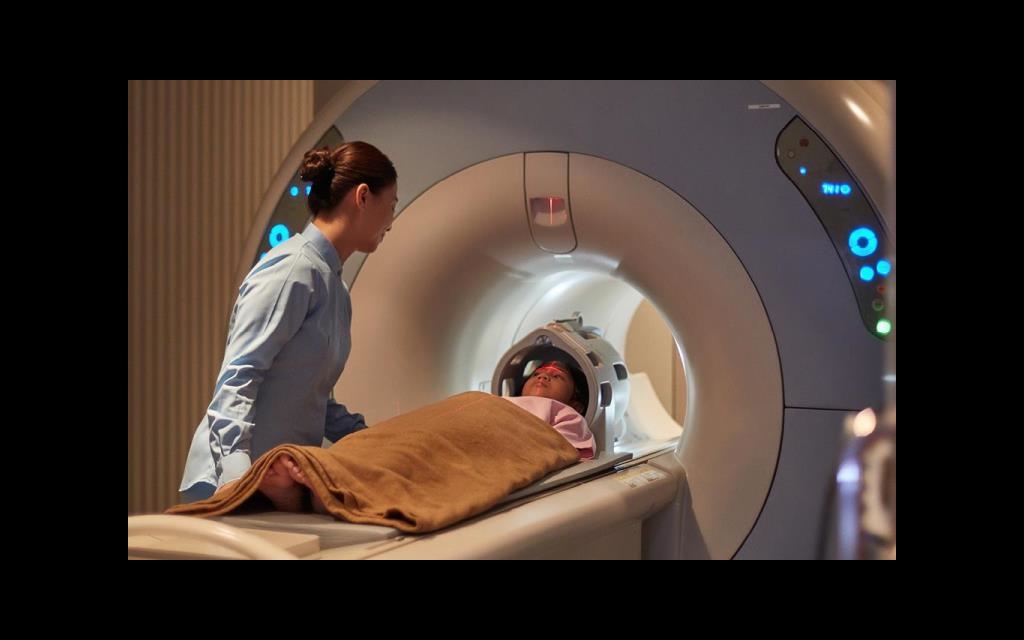As the peaks of COVID-19 recede in the U.S., radiology departments are beginning to strategize about the resumption of non-emergent imaging. In a recently published JACR® article, “COVID-19 Imaging Austerity: Coming Back From the Pandemic,” Aisling Snow, MD, a pediatric radiologist at Children’s Health Ireland in Crumlin, Dublin, and her co-author, George A. Taylor, MD, FACR, a radiologist at Boston Children’s Hospital, outline actionable steps to help radiology departments return to full function. The Bulletin spoke with Snow about social distancing policies as practices reopen, unconventional thinking during extraordinary circumstances, and the guiding principle of doing what’s best for patients.
Why were you interested in writing about this topic in the JACR?
As COVID-19 became a reality outside China, I saw the problems coming. I also realized that uncertainty causes anxiety and inefficiency in hospitals. Dr. Taylor and I started this paper to lay out steps that might be applicable to other practices and help radiologists form a structured response to rein in some of that anxiety.
How does the potential risk of healthcare-acquired COVID-19 factor into any hospital’s plan?
We have to recognize what we can do safely, and that’s based on applying social distancing principles. Is your waiting area too small to safely accommodate more than one patient? Are you going to have to move patients straight from registration to the room where they’re being imaged? In that case, you need to lengthen their appointment to do their entire care journey in that room and then prepare that room for the next patient, including cleaning and sanitizing. Details like these need to be factored into any plan for resuming normal care.
Should radiology departments extend their hours to accommodate social distancing?
Even when reducing patient throughput to only 70%, hours have to be significantly extended throughout the week. However, there may be financial implications — especially in terms of staff payment and conditions. Staff may need to be paid differently if asked to work outside of their regular schedule.
There need to be discussions on how to combine extending the hours of staff on some days, with having other days off. For example, if a staff member has a day off on Tuesday, they could work later on Thursday and Friday to compensate for not working on Tuesday.
How these discussions go may depend on two key questions: how are the relationships within the department, and how well are leaders able to think outside the box and bring their staff with them?
How should practices address potential secondary or tertiary waves of the pandemic?
The type of institution will make a difference in terms of planning for those peaks. For example, an institution with a large intensive care unit will have to plan differently from a pediatric institution. The main thing for any practice to remember is that the plans they're making should stay in effect for many months and need to account for the multiple waves of infections that are due to come.
How should patient input factor into the rescheduling of deferred imaging?
When patients are contacted about their deferred imaging, we ask for feedback to understand how they feel about receiving care now. Some patients don’t want to come to the hospital right now. Other patients have been reassured by their referring clinicians and are ready to start coming back in.
What can hospitals do for patients who had care postponed due to COVID-19 and are now uninsured due to pandemic-related unemployment?
This is a time for the medical community to behave compassionately and ethically. I think departments need to lobby their hospitals, their healthcare systems, and their politicians to enable them to treat patients based on need.
They may be able to do practical things, such as mirror what they would ask of an insurance company as a payment, rather than the much higher amount that is normally imposed on someone without insurance.
People need to be guided by compassion.

